
James H. Miller, USDA Forest Service, Bugwood.org

James H. Miller, USDA Forest Service, Bugwood.org
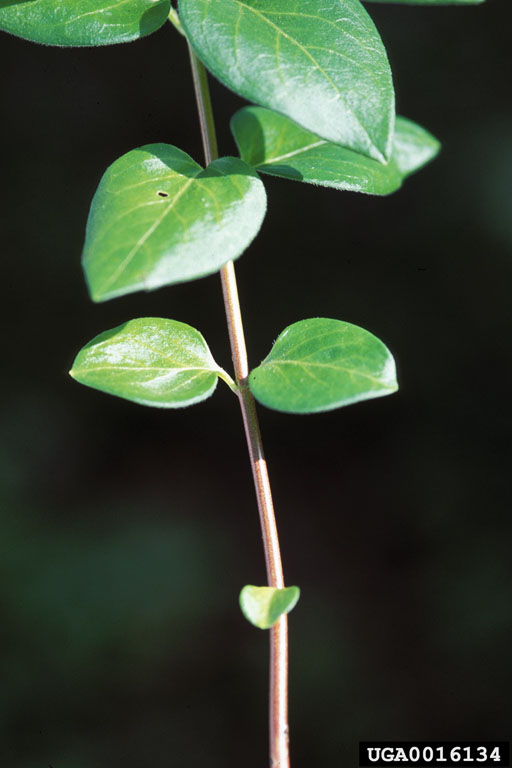
James H. Miller, USDA Forest Service, Bugwood.org
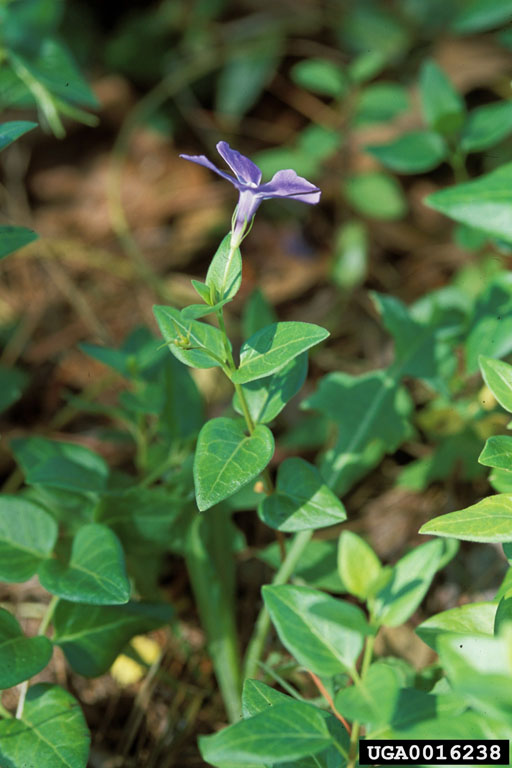
James H. Miller, USDA Forest Service, Bugwood.org
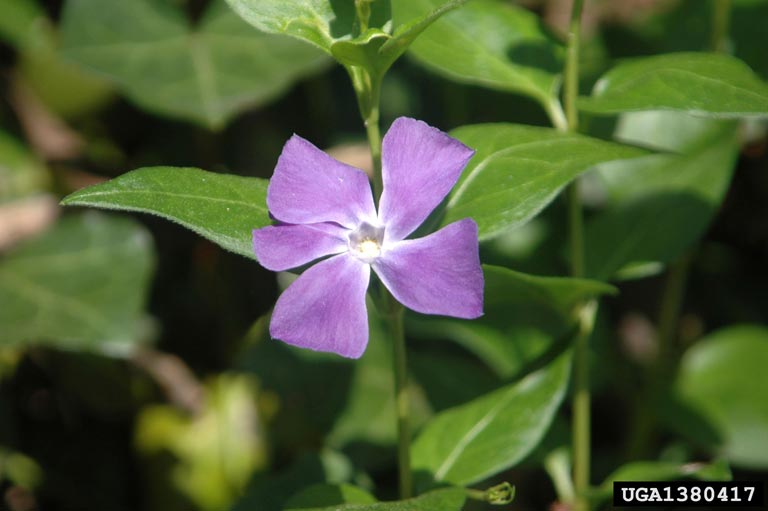
Chris Evans, University of Illinois, Bugwood.org
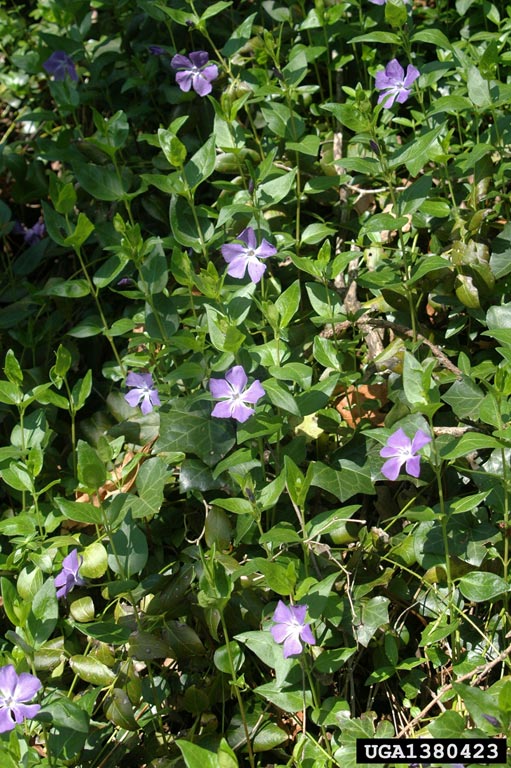
Chris Evans, University of Illinois, Bugwood.org
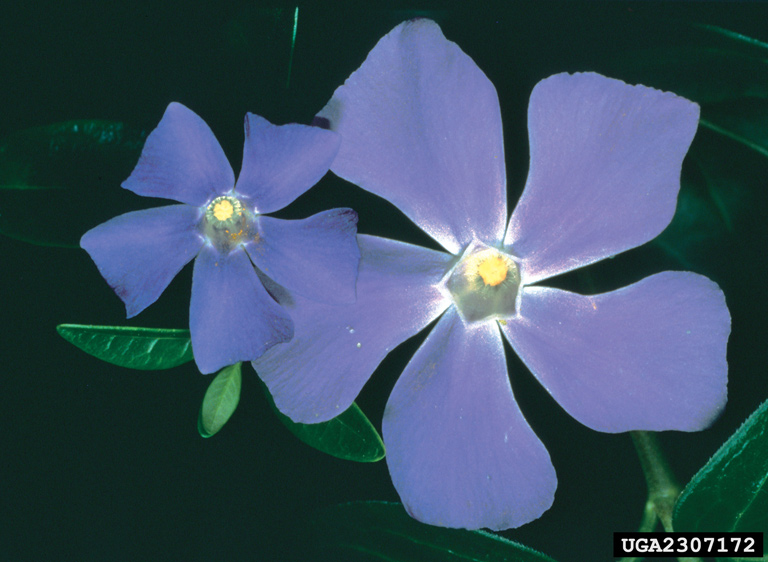
Barry Rice, sarracenia.com, Bugwood.org

Forest and Kim Starr, Starr Environmental, Bugwood.org

Nancy Loewenstein, Auburn University, Bugwood.org
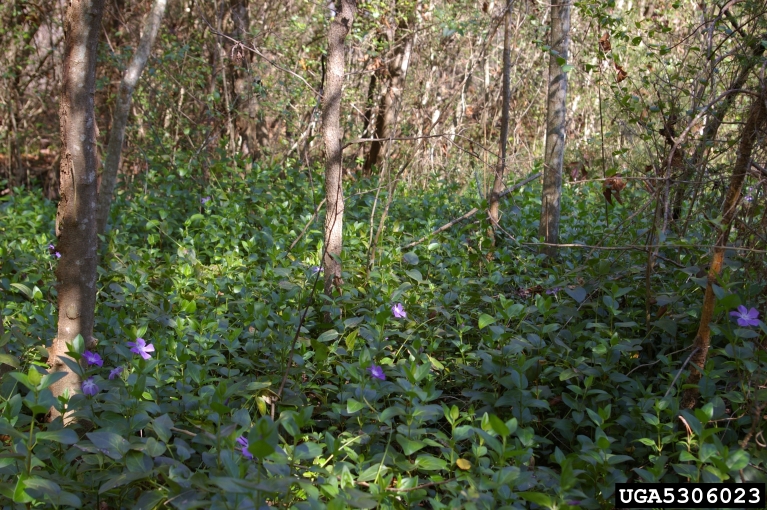
Nancy Loewenstein, Auburn University, Bugwood.org
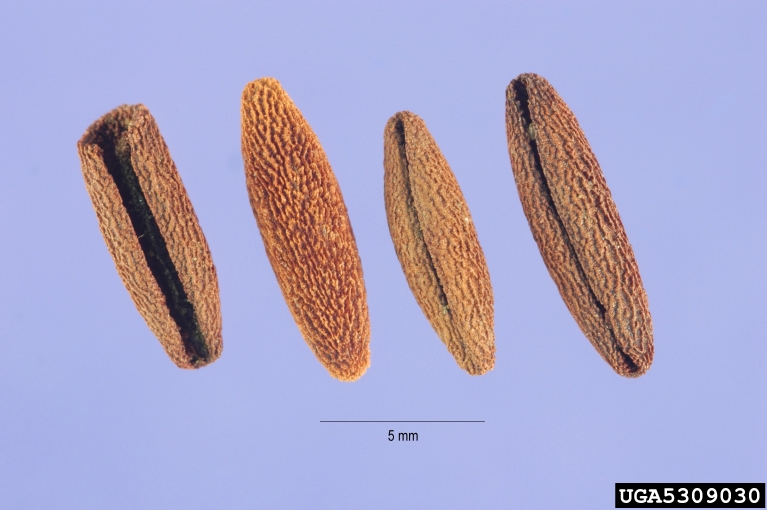
Steve Hurst, USDA NRCS PLANTS Database, Bugwood.org

















